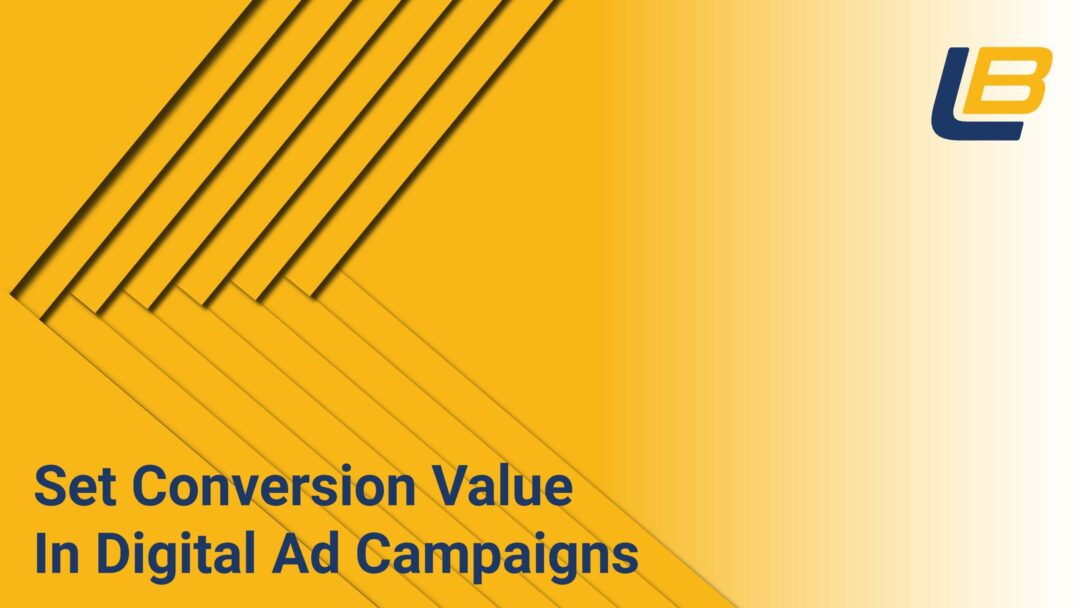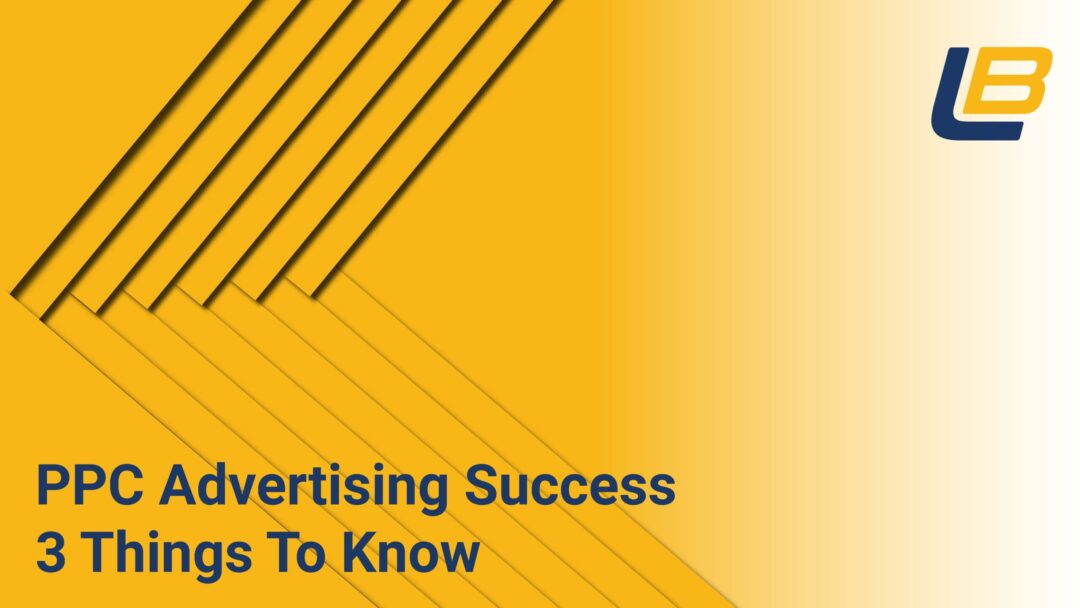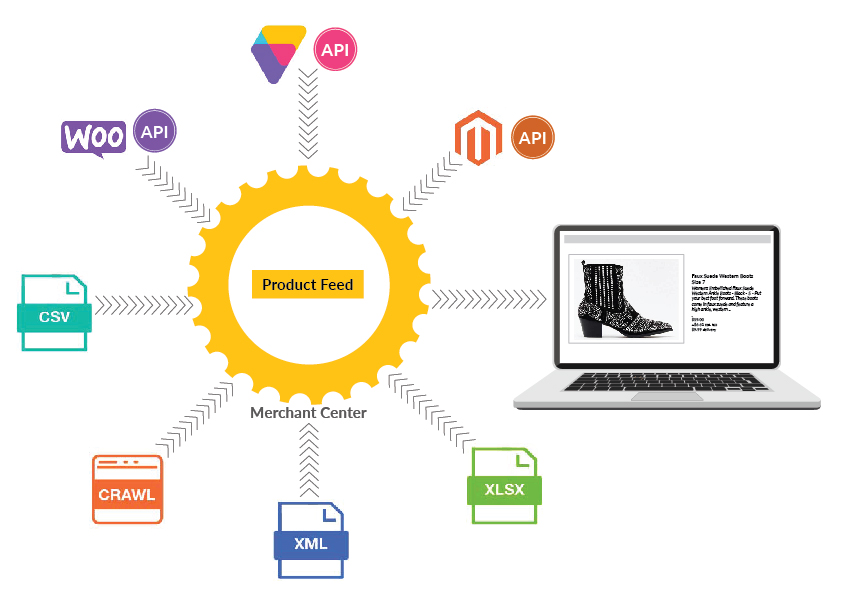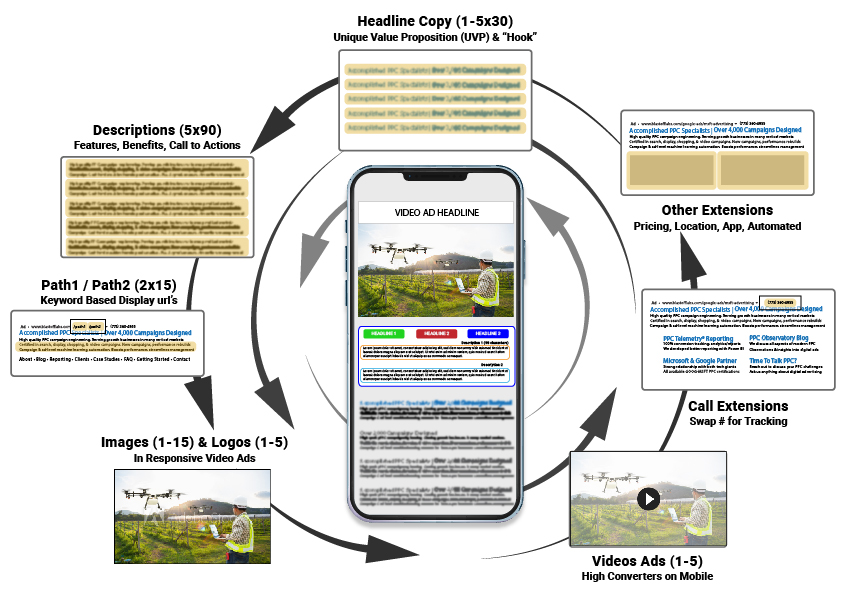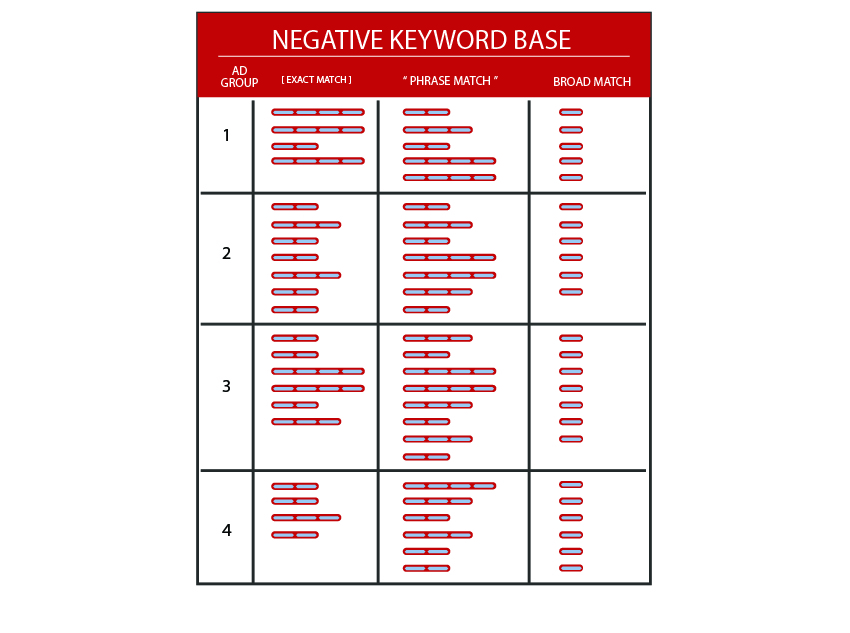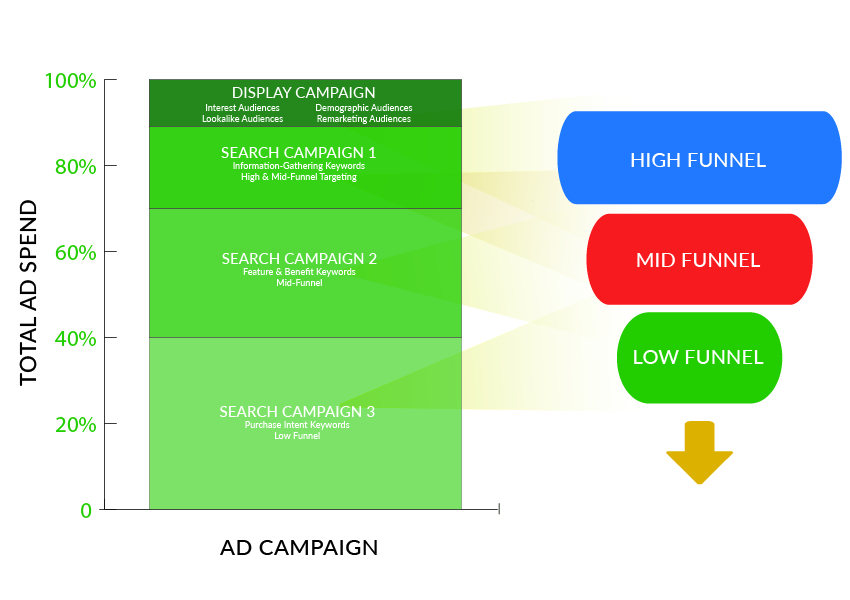Negative keyword discovery is feature that shouldn't be neglected when targeting a shopping ad campaign.
Negative keywords applied in a shopping campaign act as an inhibitor, or overlay on the positive targeting methods. They allow us to "shape" with a bit more more precision, who the ads serve to. For example, we might exclude certain age groups and/or income levels.
In addition to using negative keywords, it may be beneficial to exclude certain targeting audiences. "Negative" audiences frequently can improve campaign performance by making them more selective. Examples might include negative in-market audiences, interests, demographics such age, gender, income level, parental, homeownership status and other demographic information.

